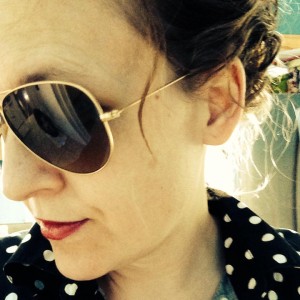“Watch out for the cow piles,” my grandmother said as we headed to the barn for milking. I skipped behind her, hopping over and around the cows’ contributions to the fertilization of the earth. Even a smidgen of one of these smelly deposits on my shoe would necessitate a thorough scrubbing to remove the odor.
Nannie stepped briskly in her black rubber boots, leaning forward with her bonneted head two feet in front of her body. Two wooden telephone poles, lying flat and butted up against one another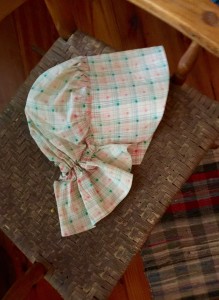 , formed a bridge across the creek. A thick wire was attached to the trunk of a tree on each side of the creek to grab hold to as we walked across.
, formed a bridge across the creek. A thick wire was attached to the trunk of a tree on each side of the creek to grab hold to as we walked across.
Nannie made short work of walking the telephone poles, without using the wire, and continued the trek to the barn. I pulled up short, clinched my teeth, clutched the wiry life-line, lifted one red, dirt-stained sneaker, and stepped on one of the poles.
On the opposite bank, Nannie must have smelled my fear because she turned and coaxed me across in her low, comforting voice. “Don’t look down.”
I looked down. The crawdads were having a party in the water below, skimming and swirling along the silty bottom. Lazy leaves floated like tiny, green boats. It seemed miles lay between my feet and the life of the creek.
I sat down. Relief slowed my breathing. I sucked in air, exhaled, and began vigorously chewing the petrified piece of Juicy Fruit gum tucked in the back of my mouth.
Splinters posed a hazard to my palms and tender behind, yet I chose to scoot across. I pressed my palms and lifted my bottom, inching across until my fingers squeezed Nannie’s outstretched hand. I fell into the folds of her faded, calico work-dress, breathing in the fresh scent of washing powers. Together we walked to the musty barn where Granddad already had the cows attached to their milking machines.
My assignment was to stand sentry beside a large plastic bucket and shovel, its blade as wide as a toilet seat. Cows warned of impending bowel action by raising their tails. I watched. At the ready. Tails twitched. Lifted. Action! I moved with the shovel; the heft of it almost pulled my slight, eight-year-old body down. Granddad joined me. Leaning over, his hands gripped the handle above mine; we joined forces to catch the imminent splat.
The deadly odor of the thick, greenish-black ooze, coupled with the straw-dust tickling my nose, provoked a fit of spasmodic coughing and laughing. Delivered of her load, the cow mooed. I mooed back.
We maintained distance between excrement, barn floor, and milking machine. Teats—freed from the suction cups attached to them—dangled from udders, no longer swollen. I looked on as Nannie and Granddad poured the creamy milk from clean buckets into tall galvanized cans.
Granddad released the cows from their individual stalls and gave a holler to the line of bovine. They filed to the pasture to laze in the shade and chew on sweet-smelling grass.
***
Laundry was done once a week—more often during stifling Southern summers—after early morning chores. Soil, sour sweat, and animal smells wove into the fabric of garments, socks, bandanas, towels, and washcloths. Nannie’s washing machine was an old-fashioned vessel, large and round, situated in the center of her small, screened in back porch. I imagined it as a tub in which cartoon characters were riding the rapids.
Nannie fed sopping wet laundry through a wringer between two rollers that pressed out the water. With my bare feet planted on the smooth stone floor, I caught flattened pieces as they came through and tossed them in a basket. Nannie toted, I followed and watched as she pinned a parade of color to the clothesline.
***
Nannie ran a bath for me at bedtime. Splashing in the tub, I created an ocean of bubbles with a slippery bar of ZEST soap. Capturing it in my washcloth, I gave myself a vigorous scrub from head to toe, then grabbed the stopper’s shiny beaded pull and watched as dirty, brown water swirled down the drain, exiting with a loud gurgle.
Days lingered long those summers. Friday evenings, Granddad reclined in his easy chair and listened to the Grand Ole Opry on the radio, while rubbing his sore hands with Cornhusker’s Lotion. As strains of Bill Monroe’s fiddle drifted into my bedroom, I grew drowsy and snuggled under the sun-kissed sheets. Nannie’s moonflowers hugged clapboard along the side of the house. Blossoms opened large in the lunar light, offering their incense as a benediction to the day.
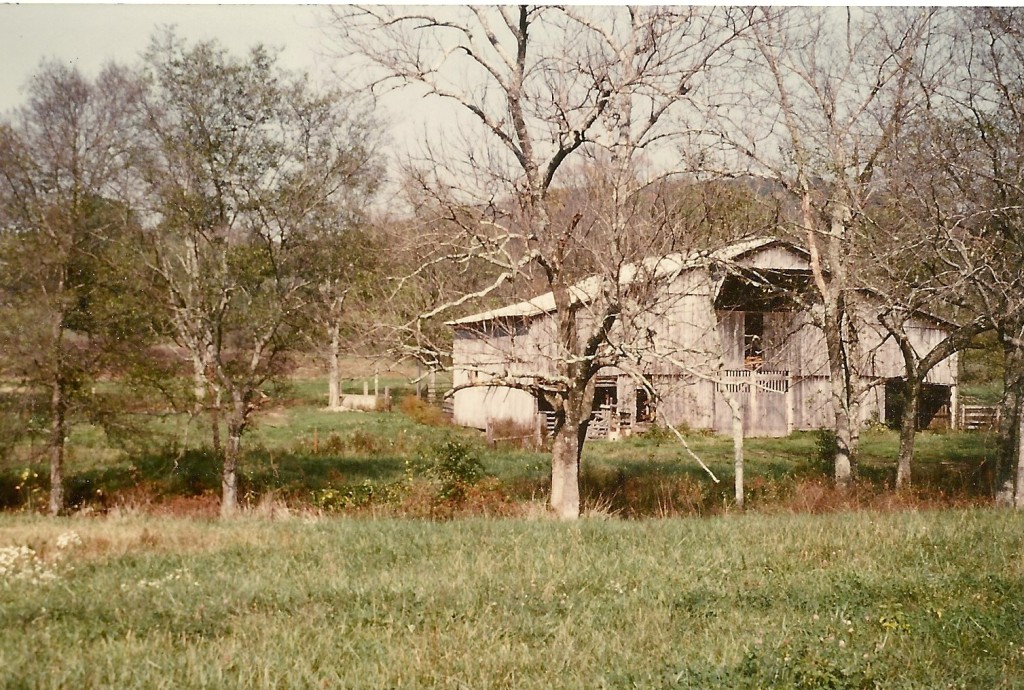 Nannie and Granddad’s barn—worn by disuse and time— photographed in 1984 by my mother.
Nannie and Granddad’s barn—worn by disuse and time— photographed in 1984 by my mother.
Photo (above right)
Nannie’s Bonnet
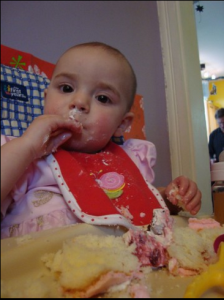

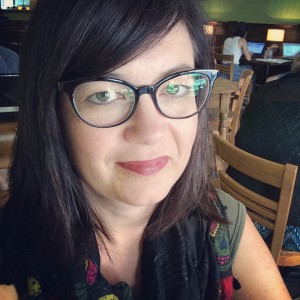
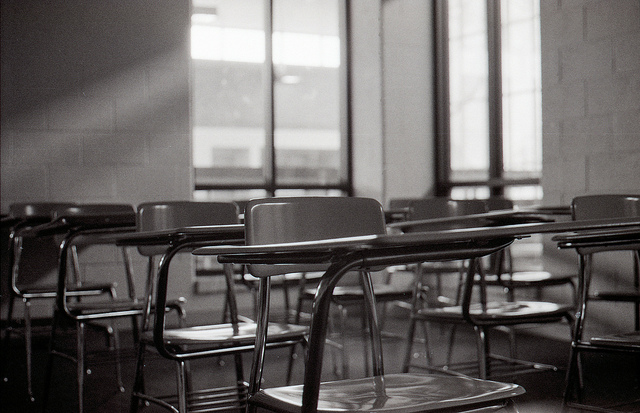

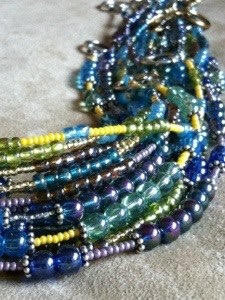
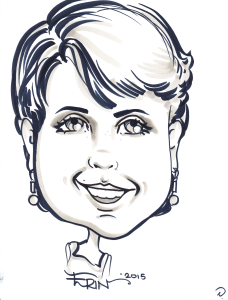

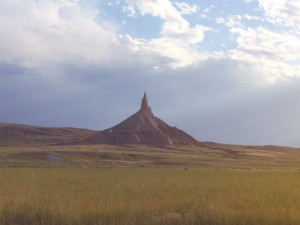
 My love for reading meant I was present at so many historical events, and it’s utterly embarrassing how many of these events occurred under the category ‘Christian Historical Fiction’. The Battle of Shiloh with a side of Jesus, right down the fiction aisle, shelf ‘Morris’. But the Battle of Gettysburg was more impressive because I began when Abe was formed by splitting rails. I rode the length of the Pony Express. I traveled the Oregon Trail more times than I can count, not dying of dysentery once. I visited Fort Laramie and the Platte River as an adult and thanks to all of those prairie romances it was more than crumbling concrete and a calm, thin slice of water for me.
My love for reading meant I was present at so many historical events, and it’s utterly embarrassing how many of these events occurred under the category ‘Christian Historical Fiction’. The Battle of Shiloh with a side of Jesus, right down the fiction aisle, shelf ‘Morris’. But the Battle of Gettysburg was more impressive because I began when Abe was formed by splitting rails. I rode the length of the Pony Express. I traveled the Oregon Trail more times than I can count, not dying of dysentery once. I visited Fort Laramie and the Platte River as an adult and thanks to all of those prairie romances it was more than crumbling concrete and a calm, thin slice of water for me.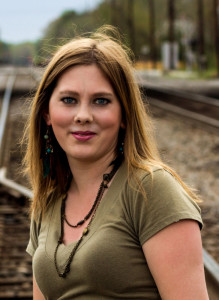
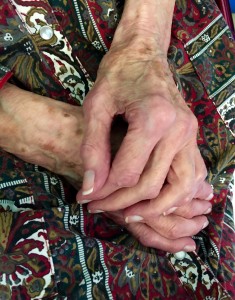



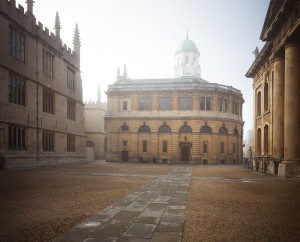 colored post-it notes and memorized until we were bleary-eyed. We’d have brilliant thesis statements for papers on Spencer’s
colored post-it notes and memorized until we were bleary-eyed. We’d have brilliant thesis statements for papers on Spencer’s 